.png)

.png)


.png)
.png)
.png)
.png)

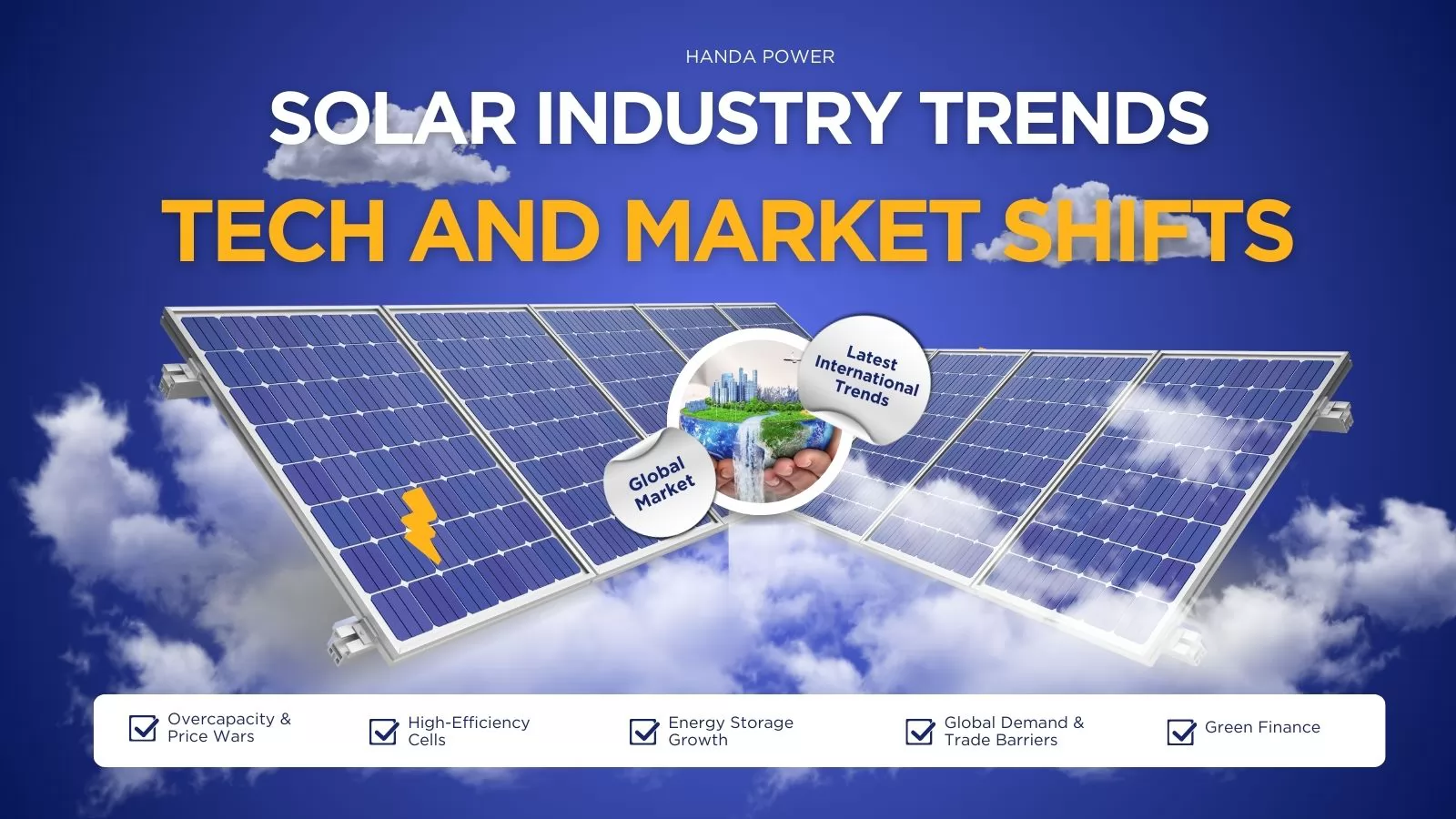
1. Overcapacity and Price Wars: Industry Consolidation Accelerates
2. Technological Innovation: High-Efficiency Solar Cells Lead the Charge
4. Global Demand and Trade Barriers: Opportunities and Obstacles
The photovoltaic (PV) solar industry is at the heart of the global clean energy transition, powering homes, businesses, and grids with renewable energy. In 2025, the sector is navigating a complex landscape defined by overcapacity and fierce price wars, breakthroughs in high-efficiency solar cells, the rapid rise of energy storage, surging global demand amid trade challenges, and green finance fueling carbon-neutral goals. This article draws on authoritative sources, including the International Energy Agency (IEA), PV Tech, and SolarPower Europe, to unpack these five pivotal trends. Whether you’re a solar industry professional, investor, or renewable energy enthusiast, this guide offers actionable insights to help you stay ahead in the evolving solar market.
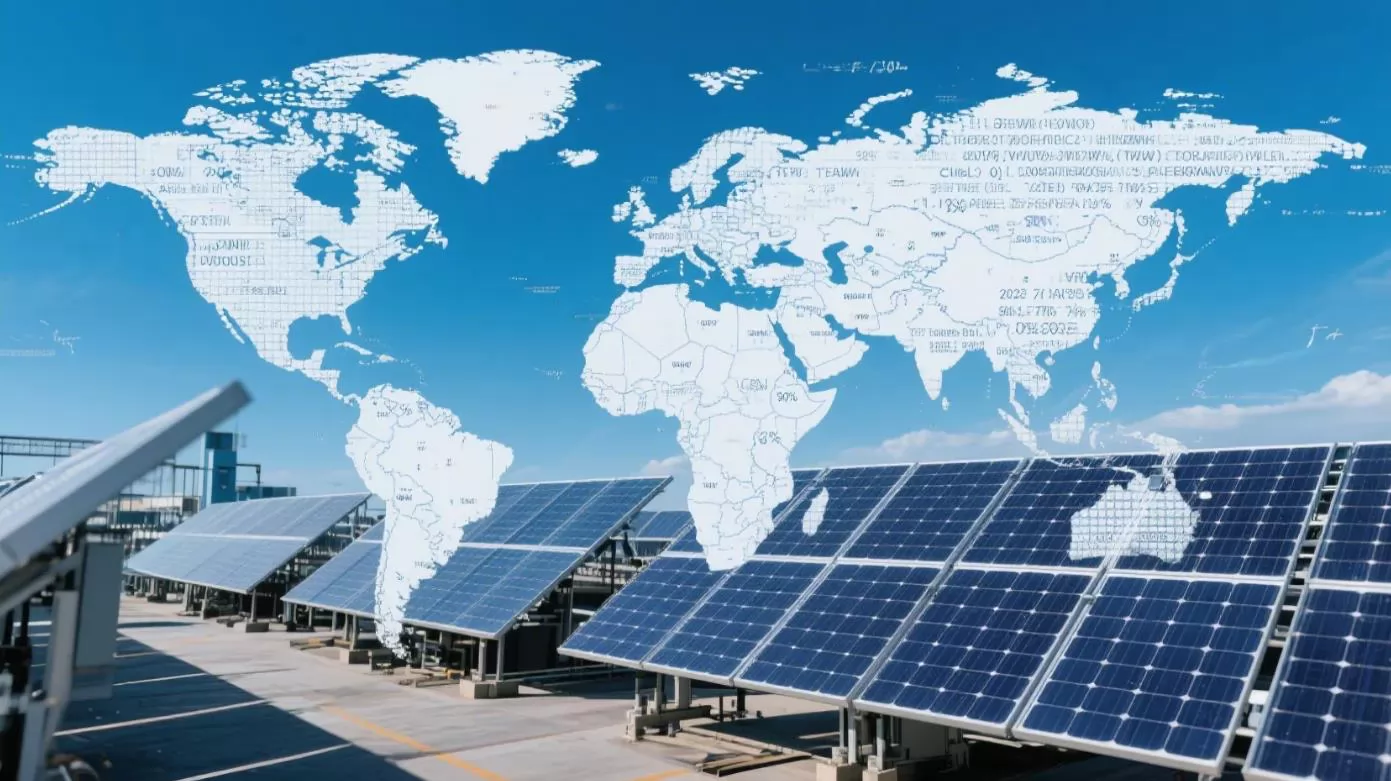
Global solar manufacturing is facing a severe overcapacity crisis, particularly in China, which accounts for over 80% of the world’s solar module production. According to PV Tech, global module manufacturing capacity is projected to hit 1.8 terawatts (TW) by 2025, far exceeding the estimated 500-gigawatt (GW) annual demand. This surplus has driven solar module prices down by approximately 50% since 2022, with some manufacturers operating below marginal costs.
China’s Challenges: Industry leaders like LONGi Green Energy have announced layoffs and production cuts to cope with intense price competition (Environment + Energy Leader). Smaller firms are struggling to survive, with many exiting the market.
Global Trade Tensions: The U.S. has imposed tariffs as high as 3403% on solar imports from Southeast Asian countries, accusing Chinese firms of using these nations to bypass trade restrictions (CSIS). Similar measures are emerging in the EU and India.
Strategic Responses: To address overcapacity, Chinese manufacturers are exploring OPEC-style production quotas to stabilize prices (OilPrice.com). Some are also investing in overseas factories to diversify supply chains.
Implications: This price war is accelerating industry consolidation, favoring companies with scale, efficiency, and innovative cost-cutting strategies. For stakeholders, focusing on resilient business models and strategic partnerships is essential to navigate this turbulent period.
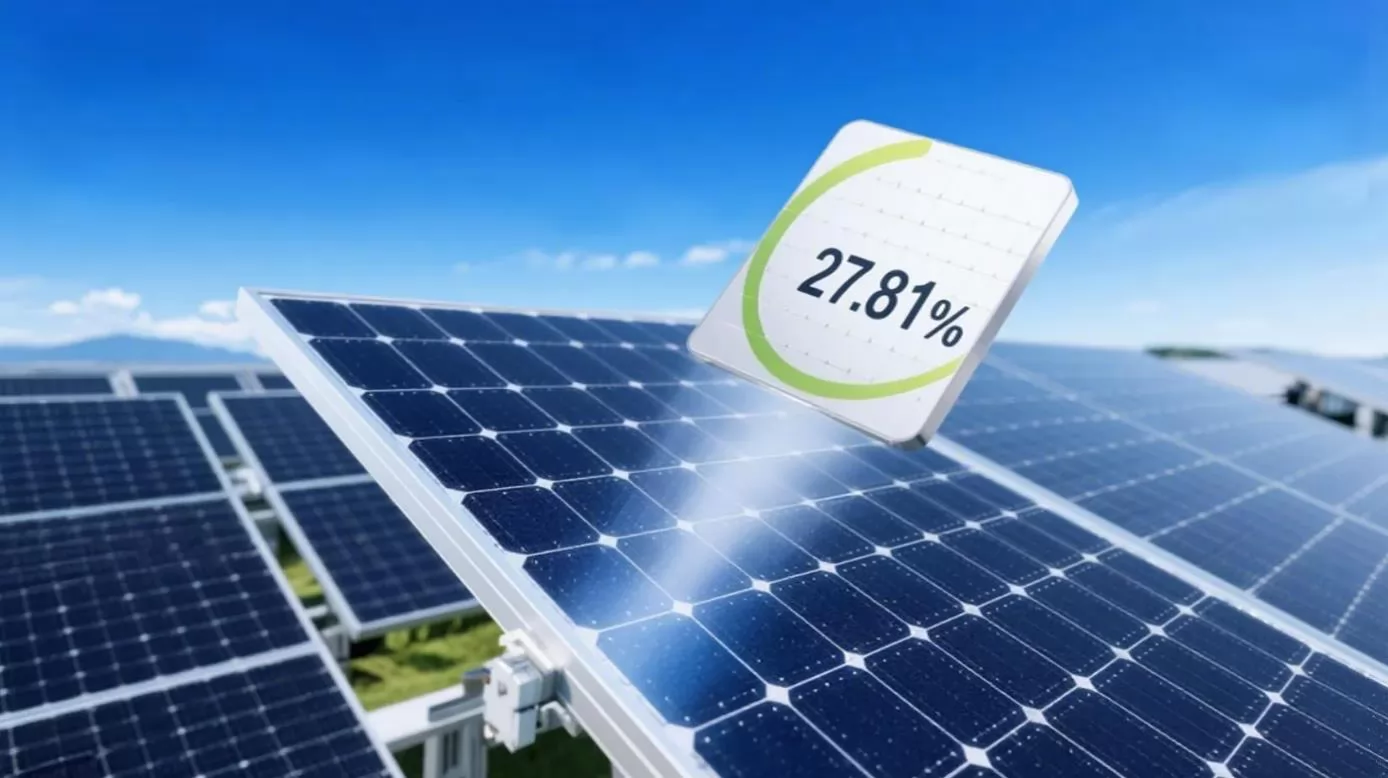
Technological innovation remains a cornerstone of the PV industry’s growth, with 2025 marking significant strides in high-efficiency solar cells. LONGi Green Energy set a world record with a silicon-based solar cell achieving 27.81% efficiency (Qianzhan), while emerging technologies like perovskite and heterojunction (HJT) cells are pushing the boundaries of performance and cost.
Perovskite Solar Cells: Offering efficiencies of 25-30% and lower production costs, perovskite cells are on track for commercial deployment by 2030, promising applications in distributed systems and building-integrated photovoltaics (BIPV).
TOPCon and HJT: Tunnel Oxide Passivated Contact (TOPCon) and HJT cells are improving power output and reducing system costs, making them ideal for large-scale solar farms and premium markets.
Industry Spotlight: The SNEC PV+ 2025 exhibition will showcase these cutting-edge technologies, driving the global efficiency race and setting new benchmarks (SNEC PV+).
Why It Matters: Higher cell efficiencies lower the levelized cost of electricity (LCOE), making solar increasingly competitive against fossil fuels. Companies investing in research and development (R&D) for next-generation cells will gain a competitive edge in the rapidly evolving market.
| Technology | Efficiency (%) | Cost ($/W) | Key Applications |
|---|---|---|---|
| Silicon-Based | 27.81 | 0.10 | Utility-Scale |
| Perovskite | 25-30 | ~0.08 (est.) | Distributed, BIPV |
| HJT | 26-27 | 0.12 | Premium Markets |
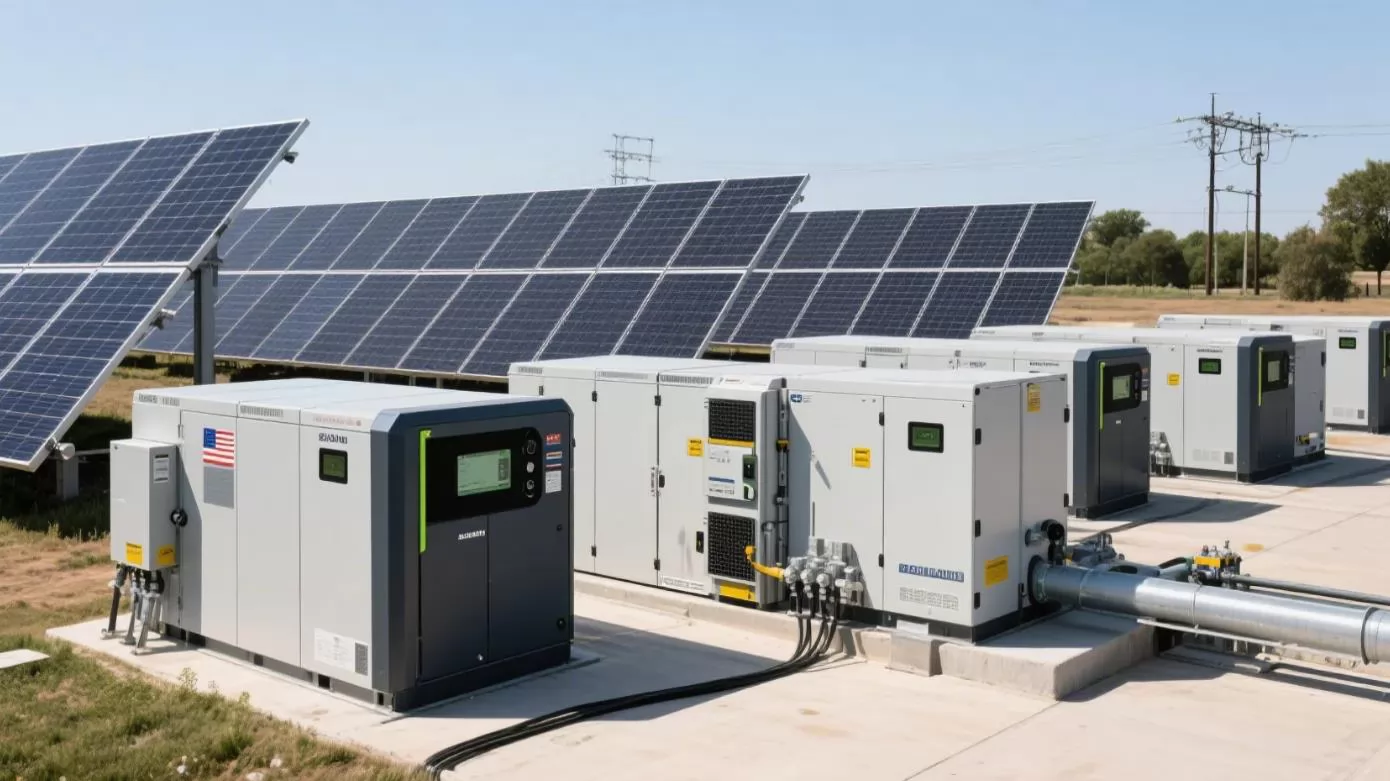
The intermittent nature of solar power has elevated energy storage to a critical role in the industry. In 2025, the U.S. deployed a record 14.1 GWh of energy storage capacity in the first two quarters, reflecting the growing need for grid stability (Department of Energy). Storage systems mitigate solar generation fluctuations, enabling reliable power delivery.
Market Dynamics: Negative electricity prices, common in regions with high solar penetration, are driving storage adoption to optimize revenue during peak demand (SolarPower Europe).
Solar-Plus-Storage Boom: China’s 164 GW of new solar installations in 2025 increasingly included storage systems, enhancing project economics and grid integration (Solarbe).
Emerging Innovations: Technologies like green hydrogen and next-generation batteries are expanding solar-storage applications, from industrial microgrids to residential systems.
Why It Matters: Energy storage transforms solar into a dependable energy source, unlocking opportunities in utility-scale projects, off-grid solutions, and urban energy systems. As storage costs decline, its adoption will accelerate, reshaping solar’s role in global energy markets.
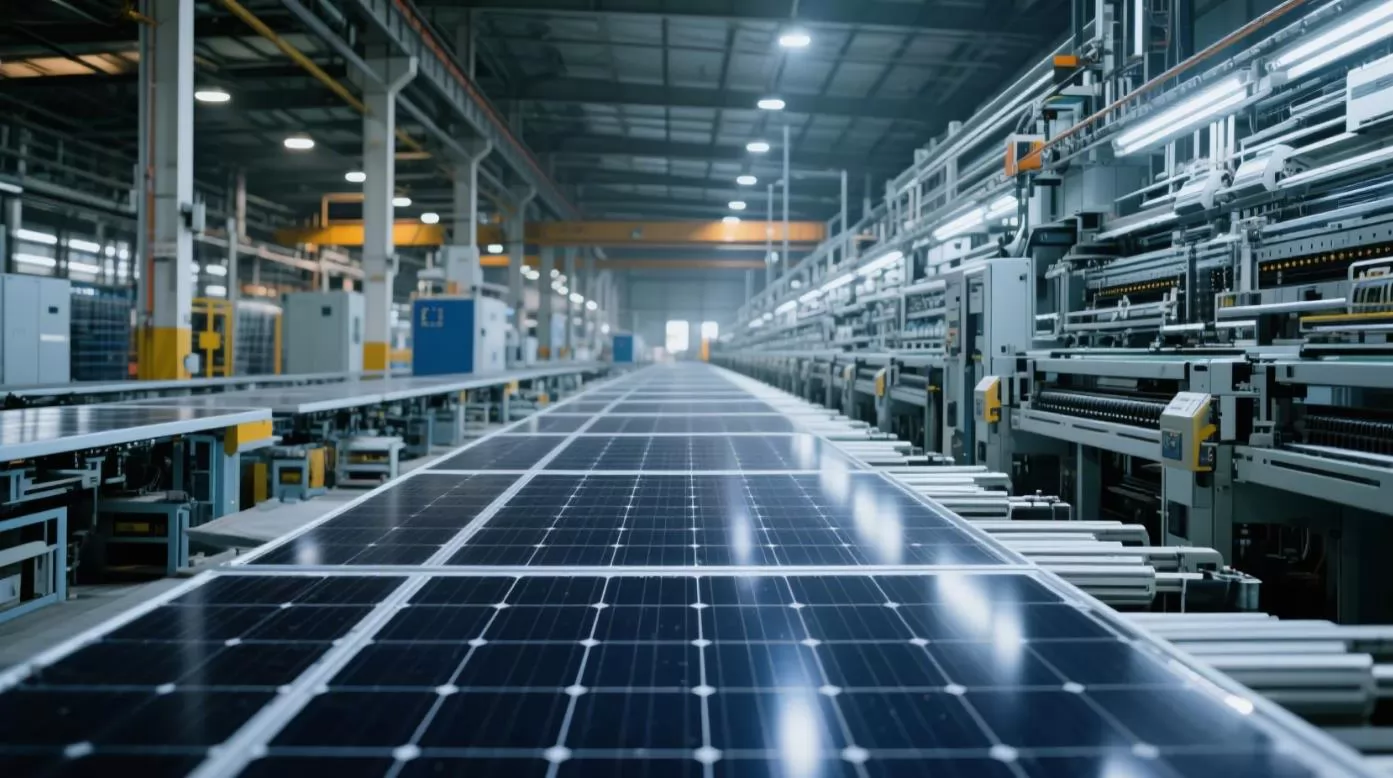
Low-cost solar products are fueling unprecedented global demand, with China adding 164 GW and the U.S. contributing 50 GW of new capacity in 2025 (SEIA). However, trade barriers are creating significant hurdles for manufacturers and developers.
Trade Restrictions: The EU and India have initiated anti-dumping investigations into Chinese solar imports, while the U.S. has imposed high tariffs on Southeast Asian suppliers suspected of facilitating Chinese exports (CCCME).
Industry Adaptation: Chinese firms are countering these barriers by establishing manufacturing facilities in regions like Southeast Asia and the Middle East to localize production and bypass tariffs.
Inventory Challenges: Oversupply has led to inventory gluts in markets like Europe, putting downward pressure on prices and complicating market strategies.
Why It Matters: While global demand presents growth opportunities, navigating trade restrictions and managing supply chains will be critical for companies aiming to maintain market share and profitability.
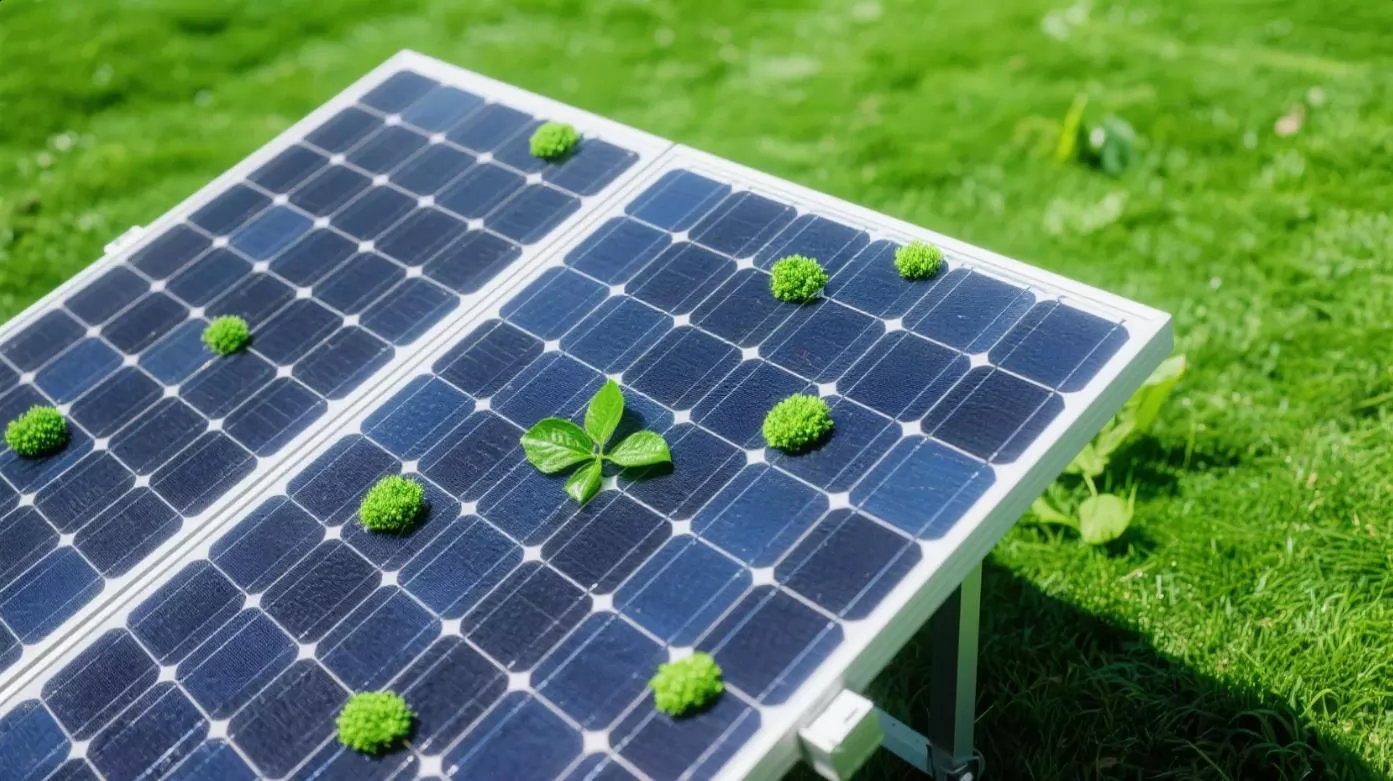
Green finance is emerging as a powerful driver of solar industry growth, channeling capital into projects that support global carbon-neutral goals. The SNEC PV+ 2025 conference highlights “Green Finance for Carbon Neutrality” as a central theme, underscoring the role of investment in scaling solar deployment (SNEC PV+).
Investment Surge: Solar farms, energy storage systems, and building-integrated photovoltaics (BIPV) are attracting significant funding from green bonds and sustainable investment funds.
Policy Support: China’s 2025 photovoltaic manufacturing guidelines encourage technological upgrades through financial incentives, fostering innovation and efficiency (Wood Mackenzie).
Global Impact: Emerging markets in Africa and Southeast Asia are leveraging green finance to expand solar access, supporting energy equity and economic development.
Why It Matters: Green finance enables faster project scaling, reduces financial barriers, and aligns the solar industry with global sustainability objectives. It’s a catalyst for innovation and market expansion.
In 2025, the photovoltaic solar industry stands at a crossroads, balancing challenges like overcapacity and trade barriers with opportunities in technological innovation, energy storage, and green finance. To thrive, businesses must prioritize efficiency, embrace integrated solar-storage solutions, and navigate global markets strategically. By staying informed and agile, stakeholders can position themselves to lead in the clean energy revolution.
Take Action:
Share your predictions for 2025 solar trends in the comments below.
Contact us for tailored photovoltaic market solutions to stay ahead.
Discover this amazing content and share it with your network!

